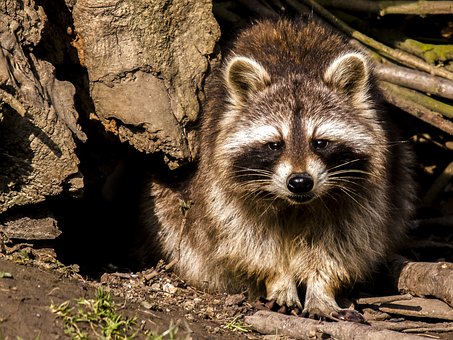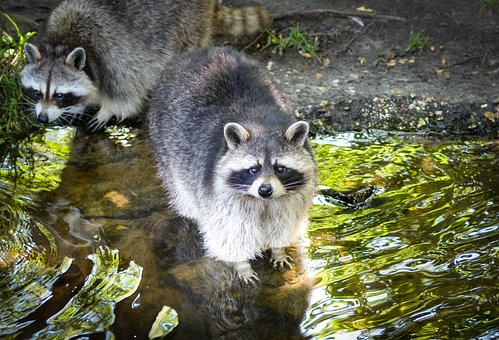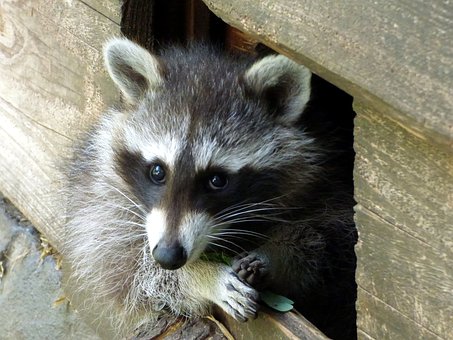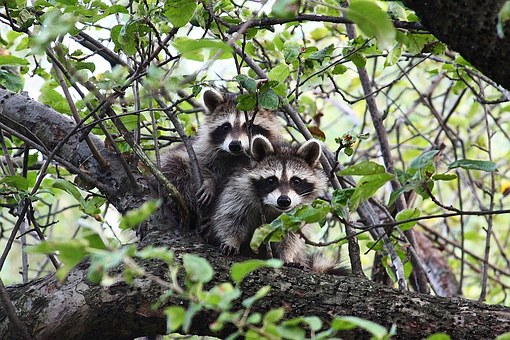Raccoons are medium-sized, intelligent, nocturnal creatures popularly known for the bandit-like mask of black fur that covers their eyes. They can be found alongside humans in cities, suburbs, farms and forests around Canada. However, in the past years, these seemingly adorable animals started procreating at a rapid rate and infiltrating the city of Toronto. The Toronto Sun reported that about 100,000 raccoons were roaming in the city streets in 2017, which earned the city the title “Raccoon Capital of the World.” Because of these masked bandits’ massive growth spurt, it may not be surprising if raccoons find their way into your attic, rummage in your garbage bins, dig in your front yard, or eat your plants.
Raccoon Invasion in Toronto: A Look Back
According to the aforementioned report, the first sign of the raccoon infestation in Toronto can be traced back to 2002, when the city started its organics bin program. The program originally aimed to keep volumes of household waste from landfills by separating and collecting organic waste and turning it into compost. However, the organic bins became an inviting attraction for raccoons. With sufficient food supply at their disposal, these furry animals soon flocked into the backyards of urban neighbourhoods.
Sudden Boom in Raccoon Population
Raccoons are naturally omnivorous. They feed on fruit, vegetables, insects, bugs, eggs, and small animals. These masked critters also eat just about anything organic found in the “green bins,” from bones to fruit and vegetable peelings. Many believe that the unintended feeding of these animals also contributed to their uncontrolled growth spurt. Failure to cover bins securely and improper household waste disposal helped raccoons to thrive.
How Toronto is Addressing the Problem
Over the years, Toronto continued to brush off the title as the world’s raccoon capital. It was also reported that in 2014 Toronto officials considered euthanasia as part of raccoon population management and control, but more than half of city residents voted against it. Therefore, the city introduced new “raccoon resistant” green bins for organic waste. These organics bins are heavier and harder to tip over. They have a lock, making it nearly impossible for raccoons to pry open the bins and scavenge their content.
Although it would be hard to deny their cuteness, raccoons are pesky creatures that can be a menace to your property and are not meant to be fed or treated as pets. To prevent potential damage to your property and exposure to certain disease, call an expert pest control company.
Liddle Rascals offers humane raccoon removal in Toronto; call us at (416) 356-5886 for help. We are your partners in keeping wildlife away from your home without hurting them in the process.
Liddle Rascals offers humane raccoon removal in Toronto; call us at (416) 356-5886 for help. We are your partners in keeping wildlife away from your home without hurting them in the process. We offer raccoon removal services that are safe and humane for both the residents and the animals in question. Our services include a thorough home inspection and advice on repairs, remedies, and prevention.
Expert Raccoon and Wildlife Removal in the Greater Toronto Area
We are available 24 hours a day, seven days a week.
Call us at (416) 356-5886 or contact us online.









Leave a Reply
You must be logged in to post a comment.